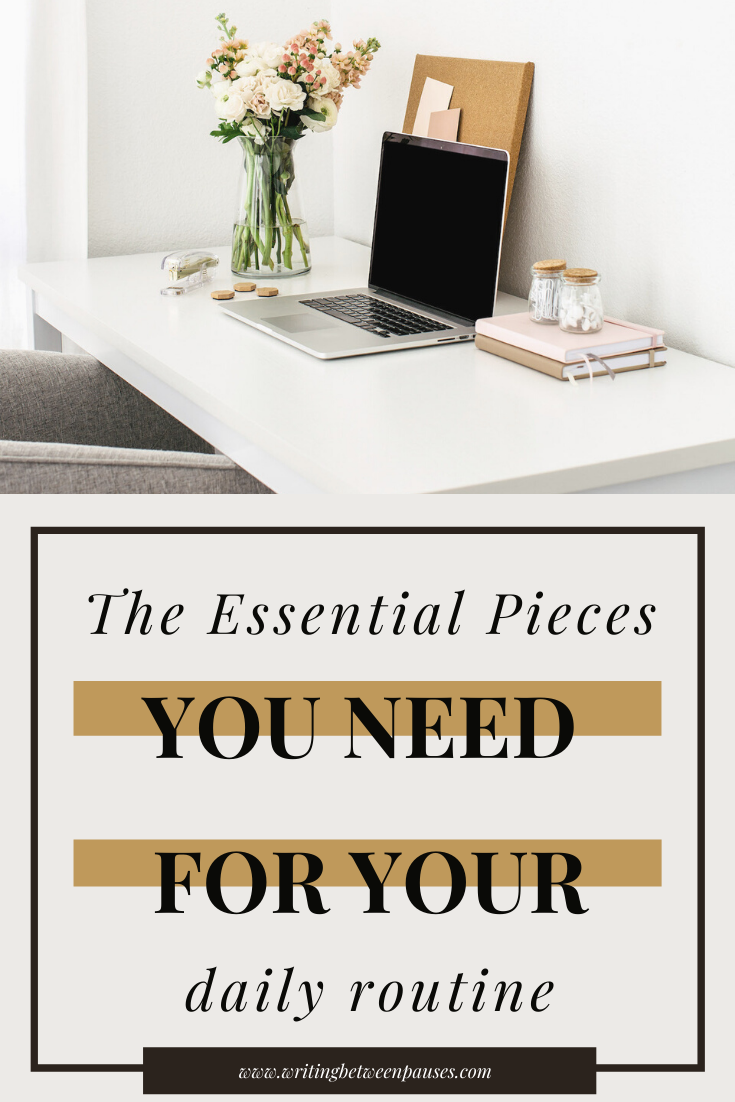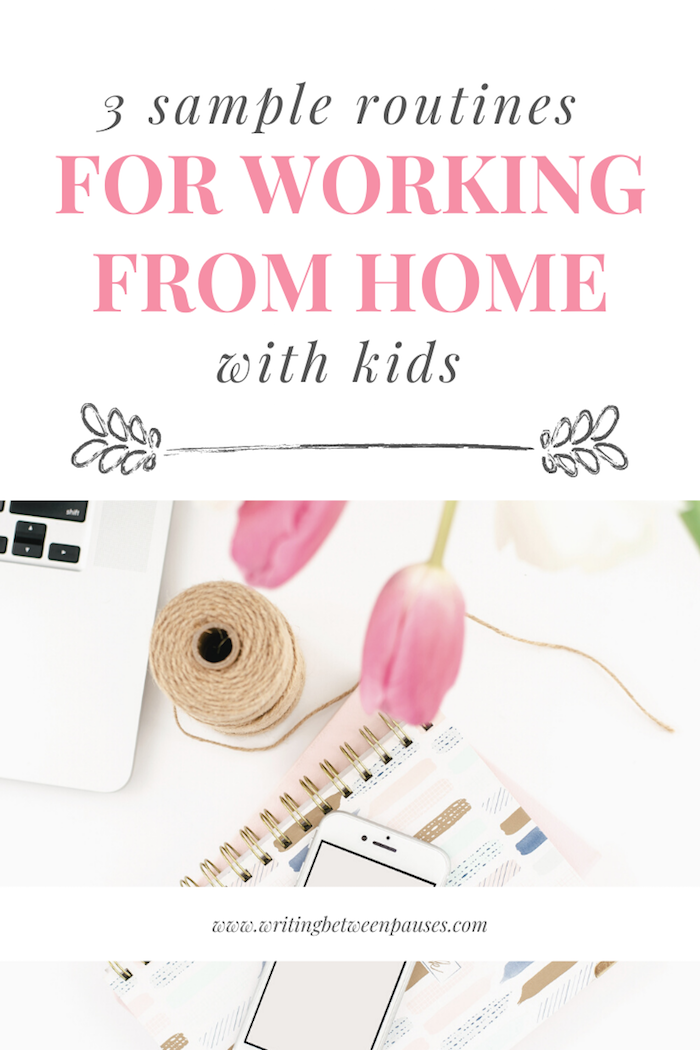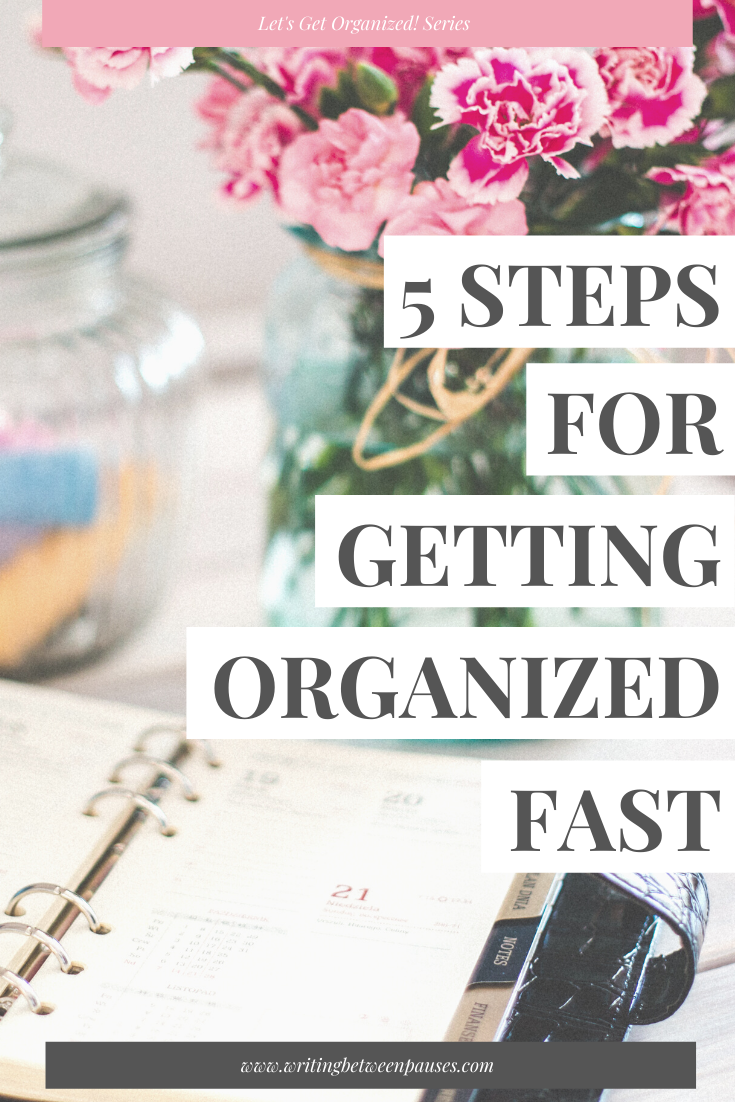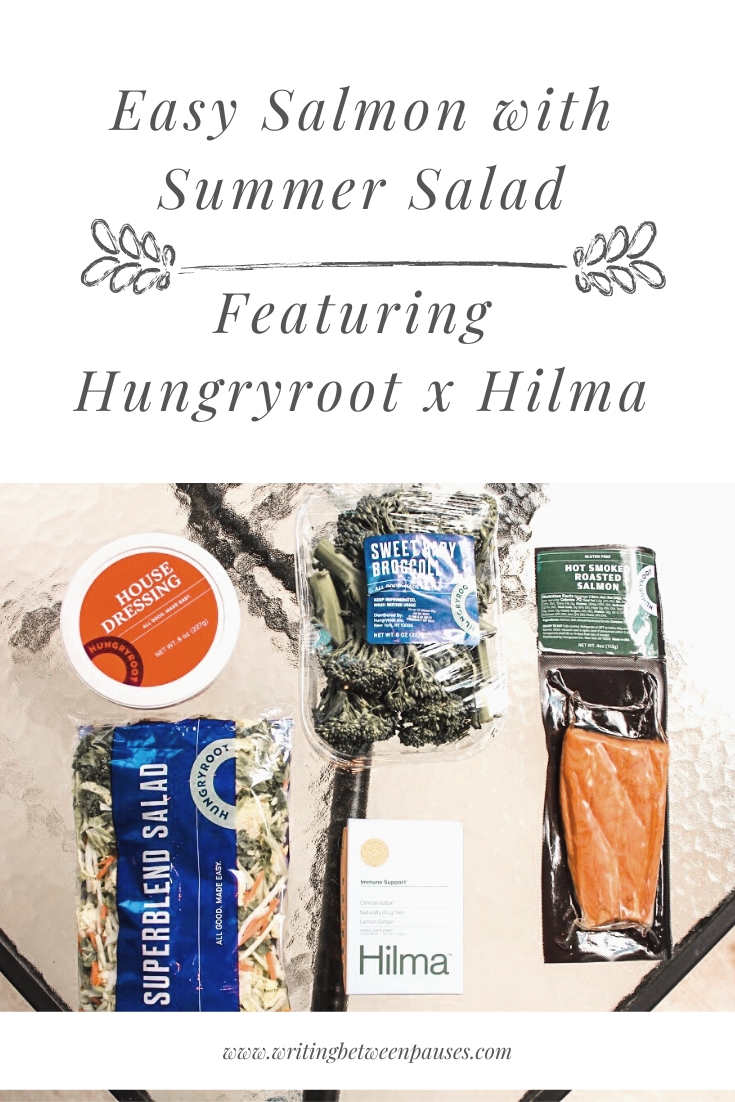I’m so excited to be sharing the second installment of my Let’s Get Organized series: 3 Habits to Stay Organized. Organization is not about perfection; it’s about having the tools and systems in place to make your life easier, whenever you need it. If you’d like to see May-June’s series on Daily Routines, click here.
Organizing a space is the easy part. You spend a day, or a few days, cleaning out a space, getting everything put away in a way that makes sense, and then it stays perfect forever, right? Right.
Actually, not right. We all know that’s not how it works. We’ve all organized a space and then gone back 2 weeks later and wondered what on earth happened.
Part of getting and staying organized is making it a habit that we work on continuously. A muscle that we stretch and strengthen like any other. It takes routine. It takes patience. It takes a few things that help make it a habit. Here are 3 ways to make organization a habit!
1. Make Your Organization Easy
This one is easier said than done. Basically: make your organization easy for you. There was a great Twitter thread recently about how, for some people, stacked, closed boxes for organization simply don’t work for them. It’s not easy enough. It takes too much time and effort and they know they won’t keep up with it. Open bins, however, work great. While that might not be for everyone, the point is: find a method that works for you. Neat stacks of things? Go for it. Open bins? Yes. Stacked, orderly, labeled boxes? Yes!
Whatever it is that makes organization easy, then incorporate it into your space and life. One thing I struggle with in my office is keeping my desk clear of clutter. I realized recently I need some place to put papers (that I will need to reference later!), random notebooks, etc. I am getting a second bookshelf soon (I know!) and I'll be getting a few open, pretty bins to collect those bits-and-pieces that I need, but don’t have a space for. I’m also getting a filing cabinet soon—it’s long overdue and it will change my office when I finally get one, I think!
Here’s a few ideas of how to make organization easy:
Make your organization fit how you use a space. That means, don’t stack things that are basically storage in the pantry; put them in storage!
Put everything where it goes the first time—and instead of just shoving it into a closet, take it to the actual closet where it lives. (A prime example of this for Danny and I is our 3 closets that each have 1/3 of our medicine cabinet.)
Don’t challenge yourself with your organization. If you really want to be organized, know yourself first—don’t use this as an opportunity to force yourself to try a method you probably know won’t work for you.
2. Make Space for Everything (And If There Isn’t Space, Do You Need It?)
There should be a space for everything you need—and if there isn’t space in way that makes sense, that works, and that’s easy… then ask yourself: do you really need it?
This is sort of a Marie Kondo-esque moment—but not quite that intense. It’s just about simplifying.
Here’s an example: I have 4 tubs of journals. 4 tubs from my entire life. These are important to me. I keep them in a small storage room that is in my office’s closet. It’s a great place to store things I change out pretty frequently or use often, like wrapping paper, decorations for the seasons, extra rugs, tablecloths… that kind of thing. But over the last year, this storage room has gotten insanely disorganized. The primary culprit are these 4 huge tubs of journals. I like to look at them; I’ve referenced them a few times in the past year for random things. But I don’t need them in this space.
They could easily go to the garage! So once our garage is tidied up, that’s where they’re going to go and I’m sticking with it.
All I’m saying here is this: just because something doesn’t work in a space or isn’t needed in a space, doesn’t mean you need to throw it away or get rid of it. It might just mean finding a new space to store it, especially if it’s not something you use frequently or need frequently.
Once you’re really in the work process of organizing a space, deciding what you need versus what you want in that space really is crucial. It will impact how you choose to organize it. And making the right decisions and clearing out things that are just going to complicate the space will make it easier to stay organized over time.
3. Include Reorganization Into Your Routine
My office is a huge bugbear. It tends to be a catch all space where things get put: stuff my mom gives me, stuff that needs to go into storage, random papers, bills… all kinds of stuff ends up there! Right now, I’m still in the process of getting the space cleaned up and organized in a way that makes sense. However, I have started trying to do a quick, 15-minute clean up every evening where I straighten things up, put all the pens back in the pen cup, and at least straighten up my papers.
I also try to take a quick 5 minutes to organize my kitchen at the end of the day: putting things away, straightening random clutter that I need to figure out what to do with, checking the pantry, making sure coffee making stuff is stocked for the morning.
If you make these small tasks of continuously reorganizing and working on a space part of your routine, it makes it that much easier to keep up—and to become a habit. You’ll be more likely to put things where they go rather than just leaving them on the counter or tucking them away in a random drawer if you make it part of your routine to go along after yourself (or your husband, or your kids) and put them where they go. (And obviously, encouraging everyone in your home to do the same thing is the dream!)
Another part of this is, of course, changing your organization when it doesn’t fit. You might think you have a good idea of how to organize a space—but then when it comes to working in your routine and daily life, it just might not. So taking 5 minutes to quickly reorganize the coffee station or silverware drawer so it is more functional is going to make a huge difference and allow organization to be a better habit.


























